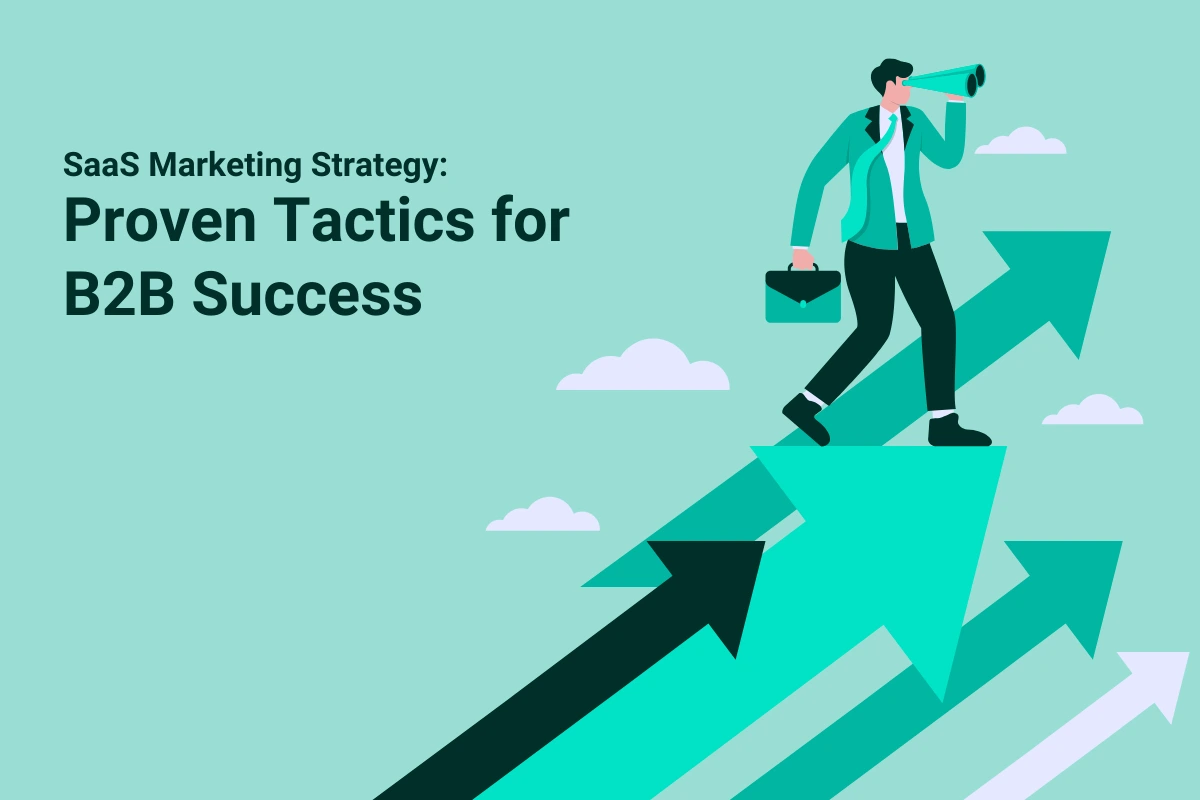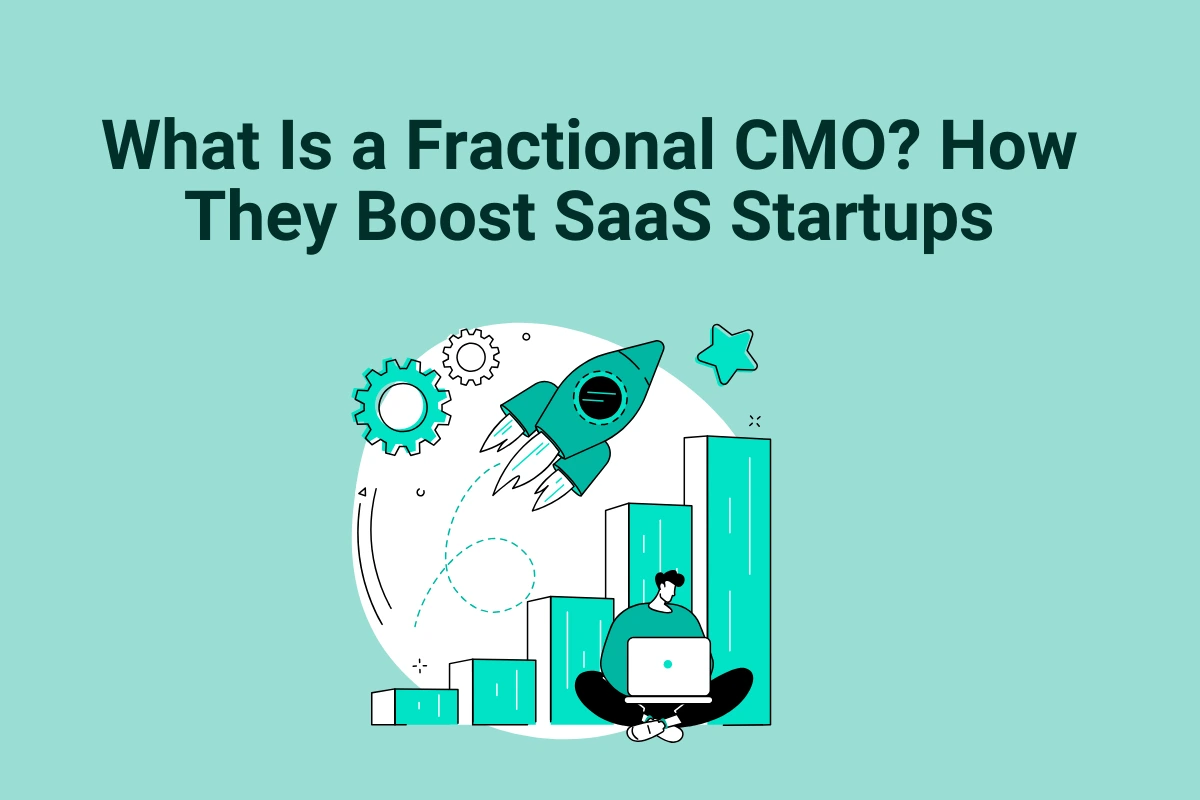Did you know that 80% of SaaS businesses fail to achieve sustainable growth due to ineffective marketing? In today’s crowded SaaS marketplace, even the most innovative solutions risk being overlooked without a strategic approach. Success isn’t just about creating a great product—it’s about effectively connecting with your ideal customers and addressing their pain points.
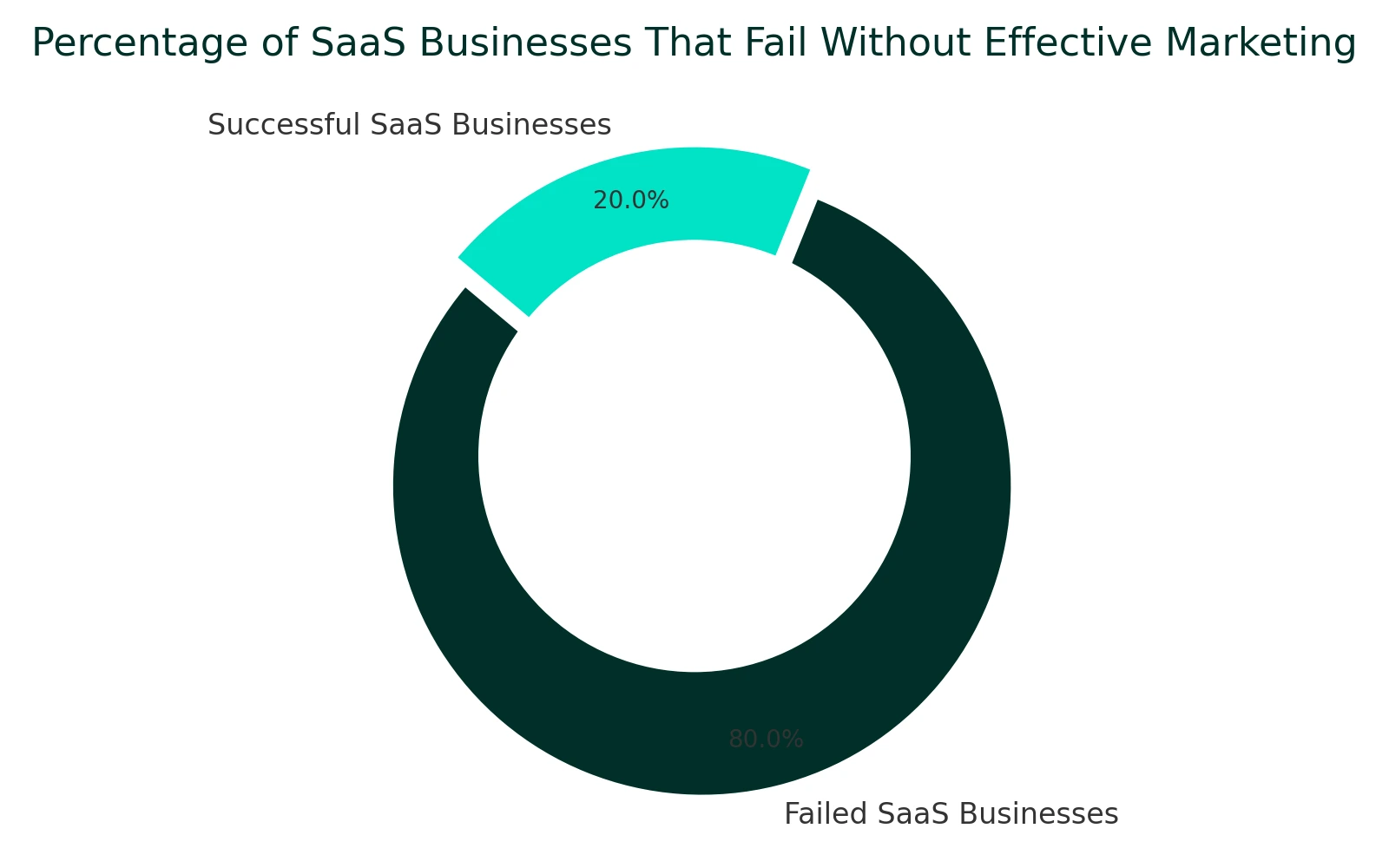
With a customer-first SaaS marketing strategy, you can cut through the noise, drive engagement, and set your business on the path to sustainable growth. In this blog, we’ll explore data-backed B2B SaaS marketing tactics to enhance customer acquisition, maximize ROI, and position your brand for long-term success.
1. Inbound Marketing Strategies to Drive B2B SaaS Growth
Inbound marketing remains a cornerstone of B2B SaaS success. By crafting valuable, problem-solving content, you position your brand as a trusted authority and attract high-intent buyers.
Core Inbound Marketing Tactics:
- Search Engine Optimization (SEO): According to a 2023 HubSpot report, 61% of marketers state that improving SEO and growing organic presence are their top inbound priorities. Develop high-quality blogs, guides, and case studies targeting high-volume, low-competition keywords that resonate with your audience.
- Lead Magnets: Offer actionable resources like eBooks, templates, and webinars. For example, Dropbox’s referral program, paired with engaging content, drove user growth by 3900% in 15 months.
- Personalized Email Campaigns: Research from Campaign Monitor highlights that emails with personalized subject lines have a 26% higher open rate. Use marketing automation tools to craft emails aligned with each prospect’s journey.
Practical Insight:
Think of your content strategy as a narrative. Start by helping your audience identify their challenges (Awareness), guide them with research-backed solutions (Consideration), and conclude by presenting your SaaS product as the definitive answer (Decision).
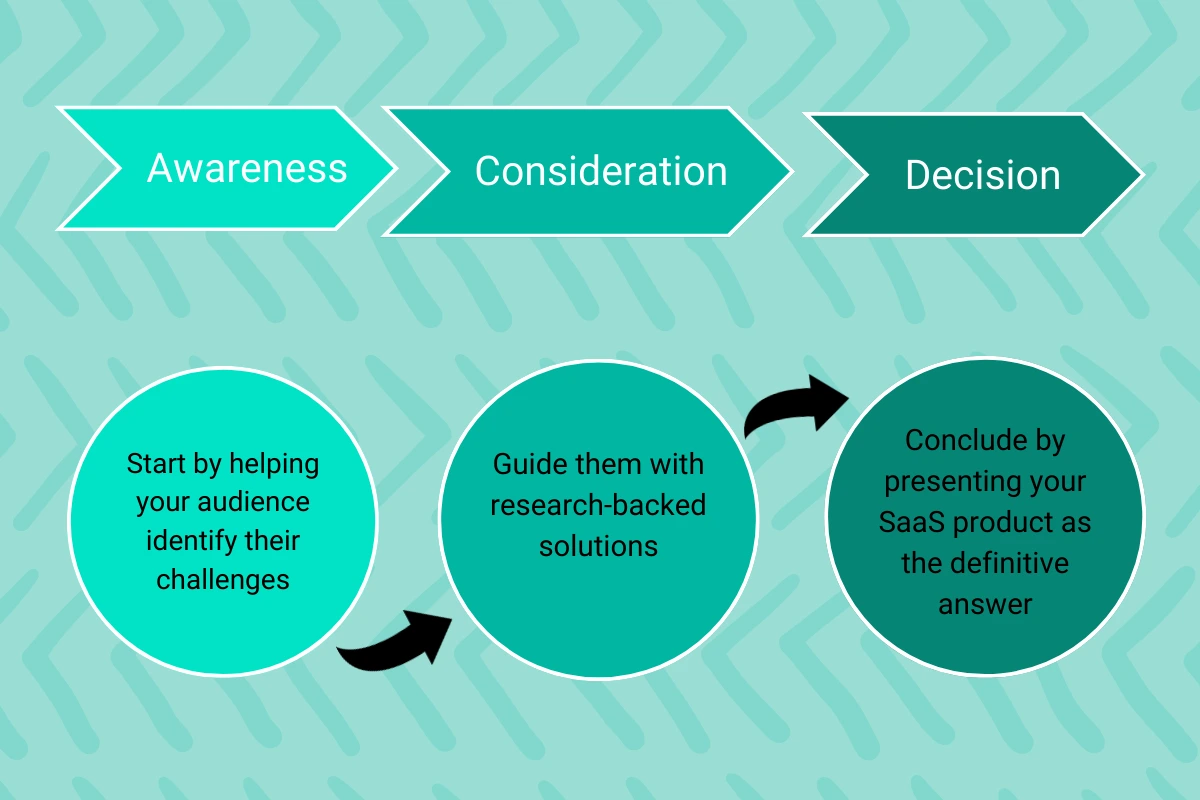
2. Data-Driven SaaS Marketing: How to Maximize ROI
Making decisions based on data instead of intuition ensures your marketing dollars are allocated effectively. Data-driven marketing fosters measurable outcomes and iterative improvements.
How to Execute Data-Driven Marketing:
- Key Metrics to Monitor: According to McKinsey, companies leveraging data-driven insights achieve a 20% increase in ROI. Focus on metrics like Marketing Qualified Leads (MQLs), Customer Acquisition Costs (CAC), Lifetime Value (LTV), and churn rates.
- Run A/B Testing: A/B testing can increase conversion rates by as much as 49%. Experiment with email headlines, landing page designs, and CTAs to determine what resonates most with your audience.
- Use Advanced Analytics Tools: Platforms like Mixpanel and HubSpot offer real-time insights into user behavior and campaign performance, allowing you to refine strategies on the go.
Insight:
Data isn’t just numbers—it’s actionable intelligence. Regularly analyzing key performance indicators (KPIs) enables you to anticipate market shifts and make proactive adjustments.
3. Account-Based Marketing: Precision Targeting for High-Value Customers
Tailored campaigns targeting high-value accounts can significantly improve lead quality and customer retention. Account-based marketing (ABM) aligns marketing efforts with specific decision-makers and stakeholders.
Precision Targeting Techniques:
- Account-Based Marketing (ABM): Gartner reports that 75% of ABM practitioners experienced an ROI higher than other marketing tactics. Create highly customized campaigns for targeted accounts, using personalized messaging and content.
- Retargeting Ads: According to AdRoll, retargeting ads can lead to a 70% higher chance of conversion by re-engaging visitors who left your site without converting.
- Social Media Advertising: LinkedIn’s targeting features make it a powerful platform for connecting with B2B decision-makers. Consider LinkedIn InMail campaigns for direct outreach.
Pro Tip:
Combine retargeting with ABM to nurture leads who previously engaged with your content. Tools like Demandbase and Terminus simplify the process.
4. Seamless SaaS Marketing and Sales Alignment
A seamless collaboration between marketing and sales teams is critical to delivering consistent customer experiences and maximizing conversion rates.
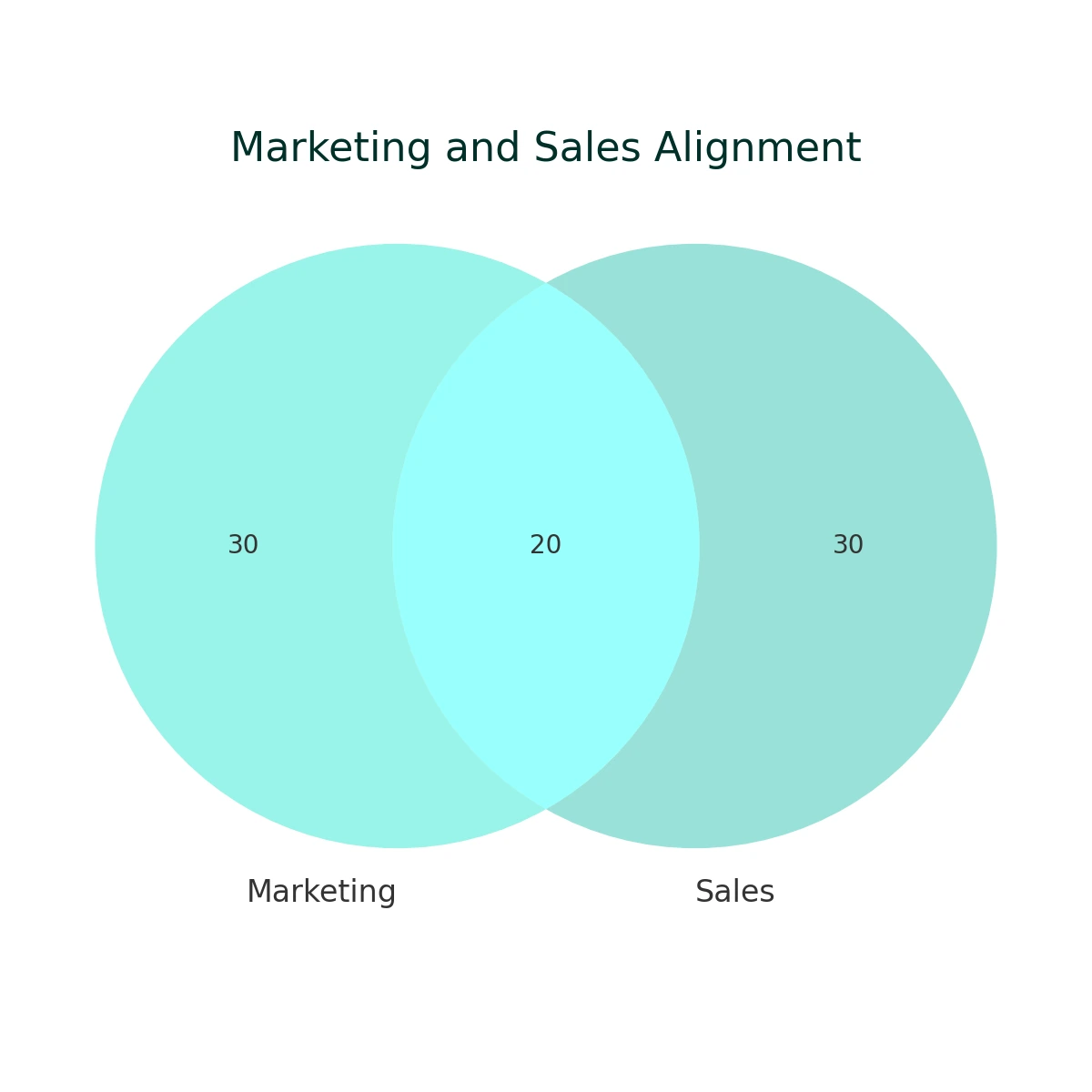
Steps to Align Marketing and Sales:
- Shared Terminology: Establishing clear definitions for MQLs, SQLs, and other funnel stages minimizes confusion and ensures consistency.
- Regular Communication: According to LinkedIn’s State of Sales report, companies with strong marketing-sales alignment experience 38% higher win rates. Weekly syncs help both teams stay informed and adapt strategies.
- Unified Tools: CRMs like Salesforce or HubSpot centralize data, improving visibility and enabling both teams to track leads effectively.
Insight:
Collaboration isn’t optional—it’s essential. A well-aligned sales and marketing team not only accelerates the lead-to-customer journey but also enhances customer satisfaction.
5. Scaling B2B SaaS Campaigns with Automation and Optimization
Scaling requires a fine balance of automation and human creativity. Effective tools and ongoing optimization ensure your campaigns can grow without losing impact.
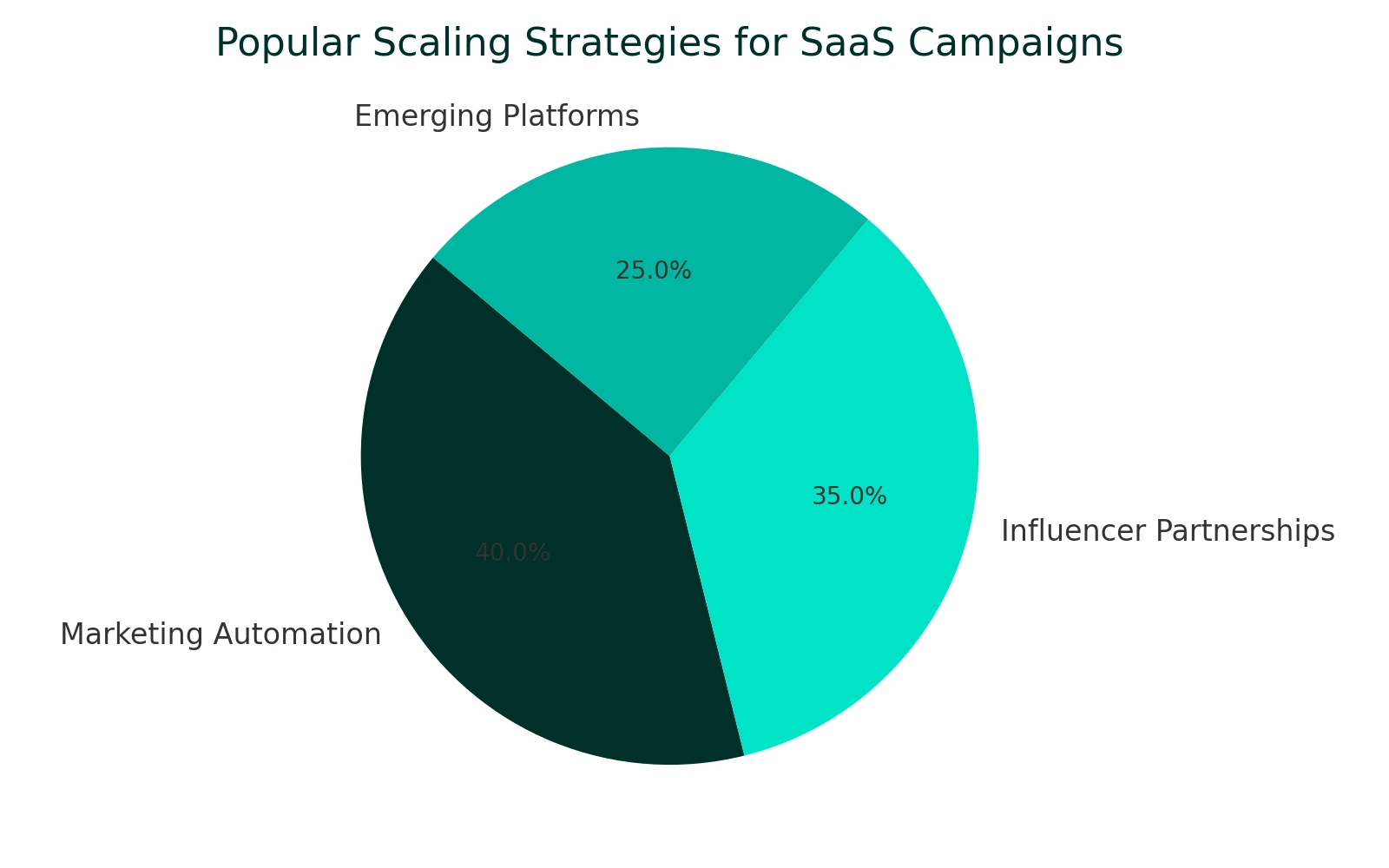
Key Scaling Tactics:
- Leverage Marketing Automation: Research by Forrester shows that companies using marketing automation experience a 14.5% increase in sales productivity. Use tools like Marketo, ActiveCampaign, or Pardot to scale repetitive tasks.
- Experiment with New Channels: Test emerging platforms, influencer partnerships, or niche forums to diversify your audience reach.
- Audit Campaign Performance: Continuously evaluate campaign metrics to identify underperforming areas and double down on high-performing strategies.
Pro Tip:
Use predictive analytics to forecast campaign performance and budget allocation. Tools like Optimizely and Google Analytics 4 can offer actionable insights.
Common SaaS Marketing Challenges and Solutions
Effectively addressing common challenges in SaaS marketing can make the difference between stagnation and growth. Below are some of the most pressing challenges and actionable solutions.
Challenge: High Customer Acquisition Costs (CAC)
One of the biggest pain points for SaaS businesses is managing the costs associated with acquiring new customers. High CAC can erode profitability, especially in competitive markets.
- Solution: Retargeting ads are an effective way to lower CAC by re-engaging potential customers who previously visited your website but didn’t convert. Case studies reveal that businesses can reduce CAC by up to 30% with targeted retargeting campaigns. Utilize tools like Google Ads Remarketing and Facebook Retargeting to display tailored ads to high-intent audiences, keeping your brand top-of-mind.
Challenge: Low Lead Quality
Attracting a large volume of leads means little if they’re not a good fit for your product. Low-quality leads can waste time and resources.
- Solution: Focus on Account-Based Marketing (ABM). By targeting decision-makers and high-value accounts, ABM ensures your marketing efforts are directed at prospects most likely to convert. Use platforms like LinkedIn and Demandbase to identify and engage with the right accounts. Personalize your campaigns with industry-specific messaging that addresses their unique pain points.
Challenge: Ineffective Content Strategy
A poorly planned content strategy can fail to capture your audience’s attention, leading to missed opportunities for engagement and conversion.
- Solution: Optimize your content for both SEO and audience relevance. Start by researching long-tail keywords that align with your ICP’s search behavior. Tools like Ahrefs or SEMrush can help identify high-potential keywords. Additionally, create diverse content formats, such as blogs, case studies, videos, and infographics, to cater to varying preferences. Regularly update and repurpose content to ensure it remains fresh and impactful.
Conclusion
In today’s competitive SaaS market, standing out requires more than traditional marketing tactics. By implementing research-backed strategies like inbound marketing, data-driven decision-making, and precision targeting, you can enhance customer acquisition and drive sustained growth.
Ready to implement these strategies and scale your SaaS business? Contact us today for a tailored SaaS marketing plan designed to deliver measurable results.

